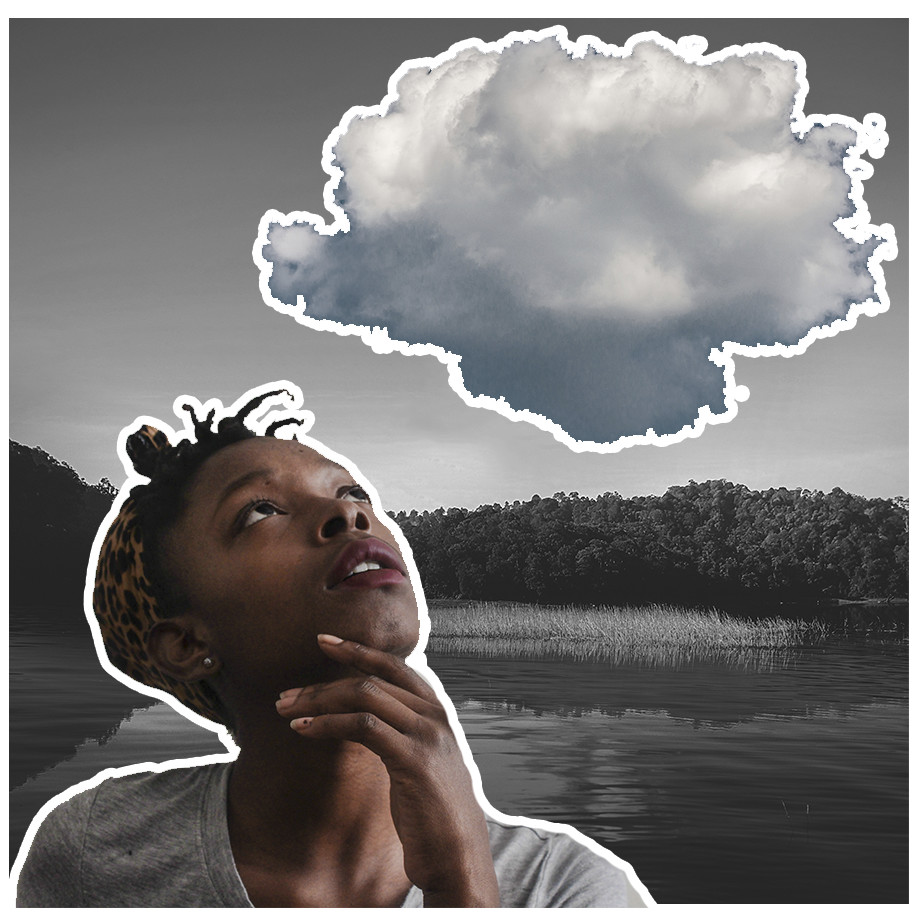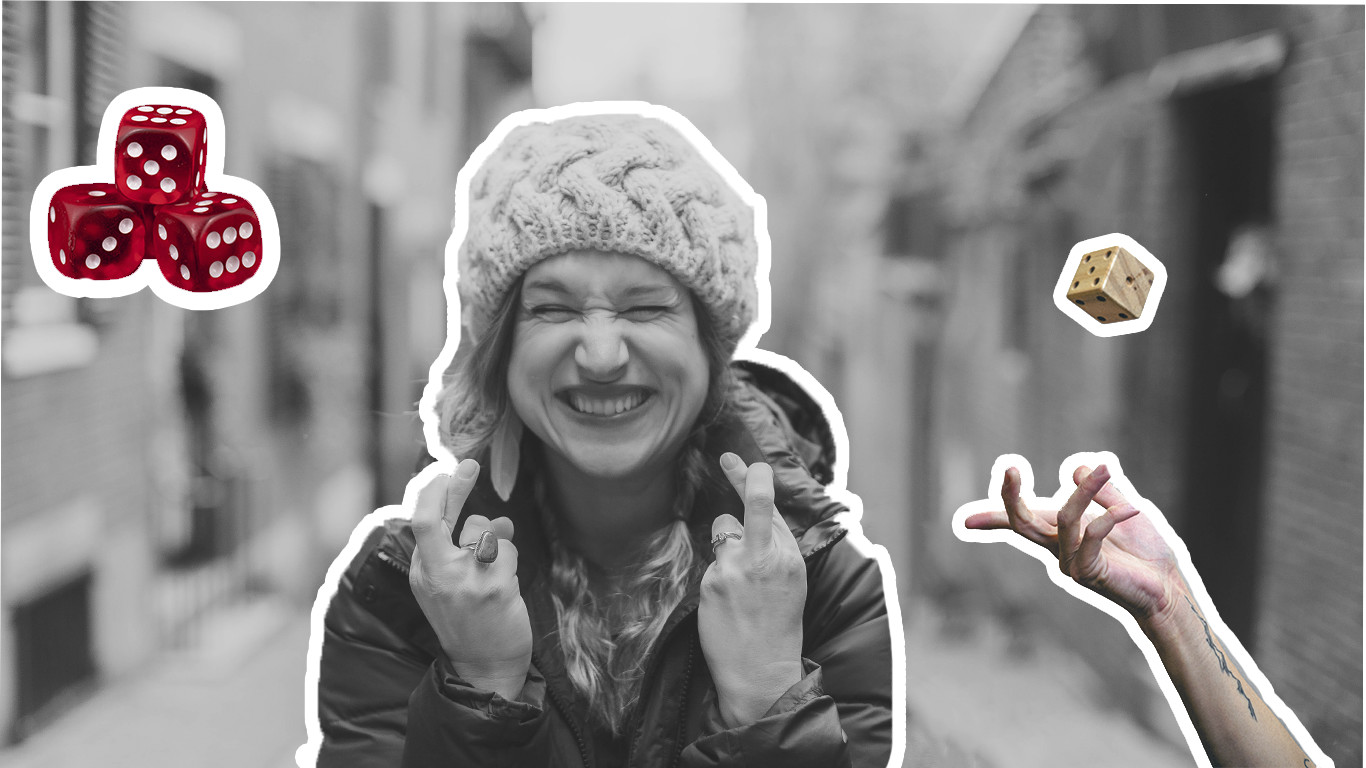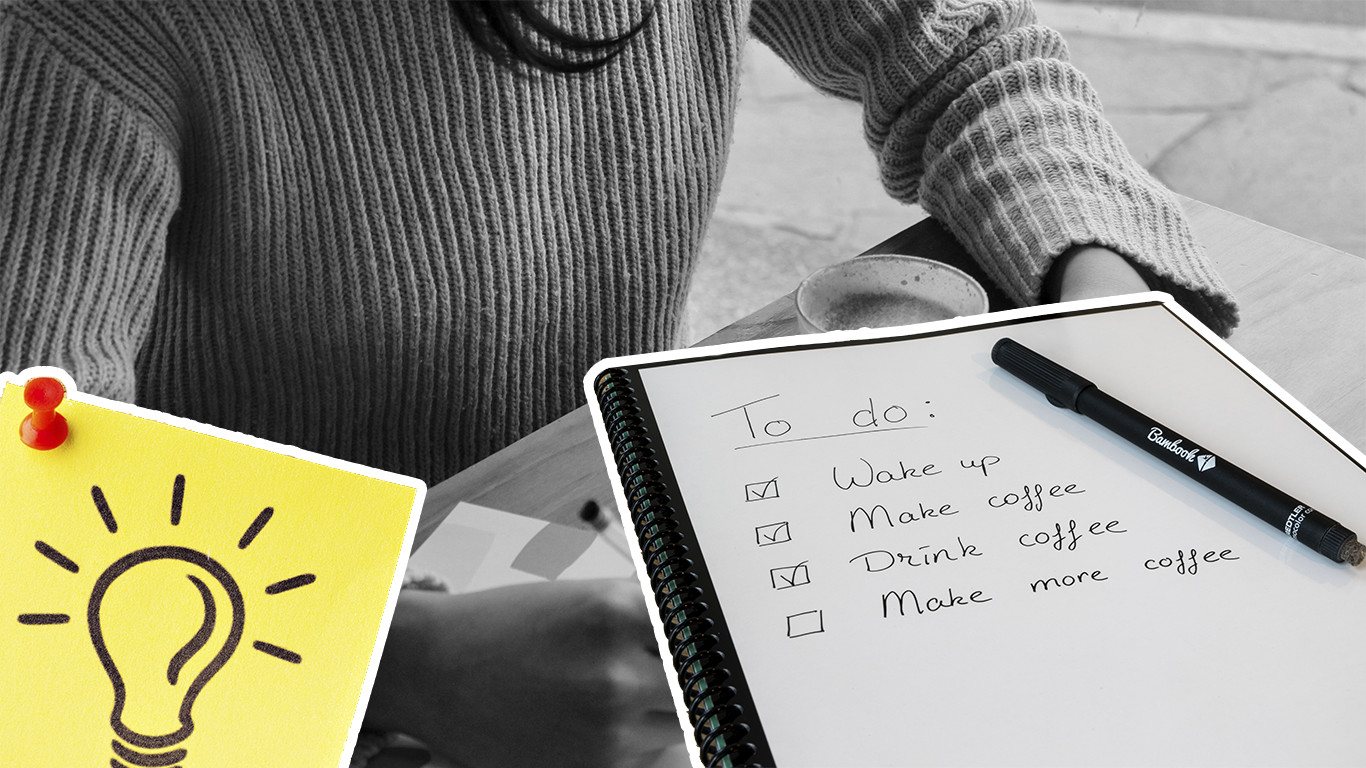Decisions are the main way we influence what happens to us in life and in business. There is a superpower that you can obtain by taking things to the next level. If you can not only think about your decisions, but think about the process you generate your decisions, that means that you can improve it. It’s like upgrading your PC operational system, and then all the apps that run on it work better because the underlying machine is more optimized.
Thinking about your thinking is called meta-thinking, and it’s an incredible skill in our modern society. It demands a kind of philosophical look into yourself. It is not natural, and you need to get used to stoping and asking why you are thinking things this way. It’s achievable, not to perfect your decision-making, but to maximize your chances of success.
In this article, we are going to explore broadly how to get started:
- The flaws of our thinking: biases and ingenuity.
- Considering the complexity of the world: probabilities, luck and hidden information.
- Decision principles: deciding what’s important and objective functions.
- Decision anatomy: false dichotomy of options, factors of luck and context.
- Building a decision framework from scratch: checklists, decisions records and structure.
- Decision quality assurance: decisions committees and post-mortem.
- Taking the shortcuts: principles and mental models.
The flaws of our thinking: biases and ingenuity.
There is an invisible dark cloud over our heads. In the great work of Daniel Kahneman, we can see a glimpse of the nature of it. This cloud keeps us from being perfectly rational. There are common mistakes we all do while thinking. These commons mistakes are like a mirage for our brain.

One of the first biases we noticed is the tendency that our attention is drawn to things that confirm our existing beliefs. This is called confirmation bias. Our brain likes to take shortcuts and save energy. There is a considerate amount of energy we need to spend to change our minds and consider new information that disagree with our rooted beliefs. So we avoid doing it.
The brain consumes a lot of energy, and it makes sense for our ancestor to try to avoid using it unless is strictly needed. However, the times has changed and in our modern world using our brain is essential to succeeding. We can’t rewrite how our brain works, but we can be mindful of these biases and work on systems that help us avoid it.
Takeaway for our decision-making:
Biases are common pitfalls that can take us into a wrong direction. They are also common patterns that we can learn from it and prepare ourselves to avoid it. This can be how you get started thinking about your thinking.
Resources to go deeper on this subject
- Thinking, Fast and Slow – Daniel Kahneman
- Decision Lab
Considering the complexity of the world: probabilities, luck and hidden information

Even with a clear mind, there is a complexity that is part of the nature of the world. When you try to forecast the weather for more than a week, like consulting the weather agencies, you see that it is pretty hard to be accurate. There is an immeasurable amount of air particles involved in this process and different conditions that form a network of variables that makes it virtually impossible to forecast.
Most of our lives don’t depend on making forecasts for the weather, but forecasting is an important part of decision-making. If we had perfect information about the future, decision-making would be easy. We only would need to choose the decisions that maximize our gains. Sadly, we have to deal with uncertainty. This means that each decision is associate with a forecast saying that it’s going to be successful, and it will lead to results.
This makes decisions more similar to poker than chess. In poker, there is an uncertainty related to the game that none of the players can predict: which cards are dealt in the table. In chess, all the information is available for the players and the only uncertainty is about the other players. In poker, you can play a perfect game and be better than your adversaries. Even after that, you can still lose due to the cards that are in the table. The same can happen in life.
We can have the following situations:
- Good decision and bad luck: lose it still.
- Good decision and good luck: great win.
- Bad decision and bad luck: faded to lose.
- Bad decision and good luck: plain luck.
This leads to another important learning about decisions:
Only considering results are not the way to go with decisions. Results can come from luck — factors outside our control. Considering only the result as a factor to judge decisions is called Resulting, a term coined by Annie Duke in Thinking in Bets.
Making good decisions, then, is a process of picking the decisions that maximize our chances of success. The decision itself is going to influence the result, but consider also external factors when assessing the decisions.
Resources to go deeper on this subject
- First 3 chapters of Management 3.0: Leading Agile Developers, Developing Agile Leaders - Jurgen Appelo
- Thinking in Bets: Making Smarter Decisions When You Don’t Have All the Facts - Annie Duke
Decision principles: deciding what’s important and objective functions
There is a principle in software architecture that, I think, is relevant to our decisions in life:
There are no right or wrong answers in architecture — only trade-offs.
One of the most important aspects of taking decisions is to know what we need to optimize for. For example, one common mistake that people do while considering job offers is only to consider the salary associated with it. To be happy and satisfied with your job you must consider different aspects of the offer like growth prospects, bonus, leadership, business segment, learning potential. If you only consider salary, you may end up in a place where you make a lot of money, but you are miserable all the time.
As part of the decision to be made, you need to think about the decision drivers: what are the things that have to be considerate to evaluate the decision. Raising decision drivers and the weight they have in the decision is a guide to thinking about how we judge the options. Options that maximize the chance of achieve the decisions drivers is the way to go.
Know thyself — Socrates
As an example, let’s see my decision drivers for my last job change at the end of 2021:
- Money
- Fun
- Purpose
- Helping people
- Status
- Knowledge
- Personal growth
- Company growth
- Diversity
- Innovation
- Glassdoor grade
- Risk
- People familiarity
- Technology familiarity
After grading each of my options in those aspects with a grade from 1 to 10, I could visualize the offers and see which company won in each category. Then, considering the categories that were most important to me, I could consider removing options or ordering them accordingly. Subsequently, you don’t need any fancy algorithm or logic to combine the grades, you can see the full picture and let your intuition (or heart) decide.
Resources to go deeper on this subject
- Principles: Life and Work - Ray Dalio
Decision anatomy: false dichotomy of options, context, and factors of luck
There is a false dichotomy of options that we need to be aware. There are instances where we think there are only two options, but that is rarely the case.
One example from one great TV show (Suits) is when one of the characters is being blackmailed into doing something. This character’s mentor later in that episode confront him, asking why he did what he did. The character argues that it was that or else we would suffer the consequences of the blackmail. The mentor then says countless things he could do, for example talking with him, instead of plain doing what he was blackmailed for.
Keeping an open mind for the options can greatly increase your chances of taking better decisions because you are considering the whole range of opportunities available.
This touches a broader subject that is being aware of the context the decision is being made. Different contexts can have extremely diverse characteristics. Taking a decision in your personal life is very different from taking a decision in your work. In your life, the only stakeholder is you and maybe your close ones. In your work, you have to consider your boss, and the entire hierarchy above her. Furthermore, you should consider investors, company vision, company strategy, your colleagues, etc.
As we have seen in previous sections, there are factors that are outside our control, what we can call luck. These factors are very context-dependent. Playing a hand in poker has more luck on it than playing chess. Trying to make investment decisions is more dependent on the economy than making better shopping decisions. Being aware of these issues can make you separate in your decision, or in post analysis, what was skill or luck in your decision.
Building a decision framework from scratch: checklists, decisions records and structure

Now equipped with all the information from the previous section, we can finally work on our own decision framework. A decision framework is a toolbox made to guarantee that your decision covers all the important bits. We are going to leverage our learning to create a methodology in which we can take decisions. This methodology will cover a checklist and structure to work on our decisions, while also documenting them. This idea draws inspiration from ADR (Architecture Decision Records).
We will begin our decision template with a core sections and depending on your needs you can also add sections from the contextual sections.
Core sections
- Decision to be made: in this section describe plainly the decision. The decision is a question to be answered. Example: how to lose weight, how to allocate your investments
- Decision drivers: what factors will influence the decision and what you value regarding the issue. Example: maximize weight loss or lose weight gradually, prefer long-term gains to short-term gains
- Options: describe all the options you need to consider. For each option, add the success odds and failure odds. Add consequences of success, failure and great failure (the worst case).
Contextual sections
- Information required: what information do I have to obtain, what can I be missing, and what biases can be clouding my vision.
- Would you bet on it: simple question to validate your decision. Would you bet money on the decision option?
Now with the sections decided you can use the template to help you think about the decision. You can keep record of your most important decisions for later evaluation.
Resources to go deeper on this subject
Decision quality assurance: decisions committees and post-mortem
To avoid mistakes, we can use a decision committee to double-check our decision. This committee can be composed of people you admire and respect. Having a diversity is important to have different views. Diversity in characteristics and also in ways of thinking.
We would present a decision to your committee, try to omit your decision output and give the full context. Ask what they would do in such a situation. Also try to show to people individually. In groups, we can have group dynamics that interfere with each independent thinking.
Post-mortem
After the decision is made and the outcome is known, we can also make a post analysis. We can learn from the outcome to better improve our decision-making process. We can ask ourselves:
- Is there some information that we could have acquired to improve our decision-making?
- Was it skill or luck that influenced the outcome?
- If it was skill, then we can double down on that skill.
- If it was luck, then we don’t need to internalize that decision.
Taking the shortcuts: principles and mental models
To avoid spending so much energy thinking about every decision, we can create our own biases, or principles, that we can use to take shortcuts. We have developed our biases to do that. We can learn from evolution, but adapt it to the modern times. Companies do that to build a culture that they can rely on.
Let’s think about an example. In our modern times, always taking the best visible opportunity can limit our gains in the long term. We can maximize our ROI (return on investment), but also invest in new opportunities that can open up a new path for us. We can derive a principle for us:
Invest to maximize your ROI, but allocate 10% of your time to just discover new opportunities.
This can decrease the effort while making decisions on how to allocate our time. We can spend some time pursuing new opportunities without the need to always make the best of our time.
We can learn from others that have spent some time thinking about it. Furthermore, we can learn from Charlie Munger’s mental models or Ray Dalio’s Principles.
